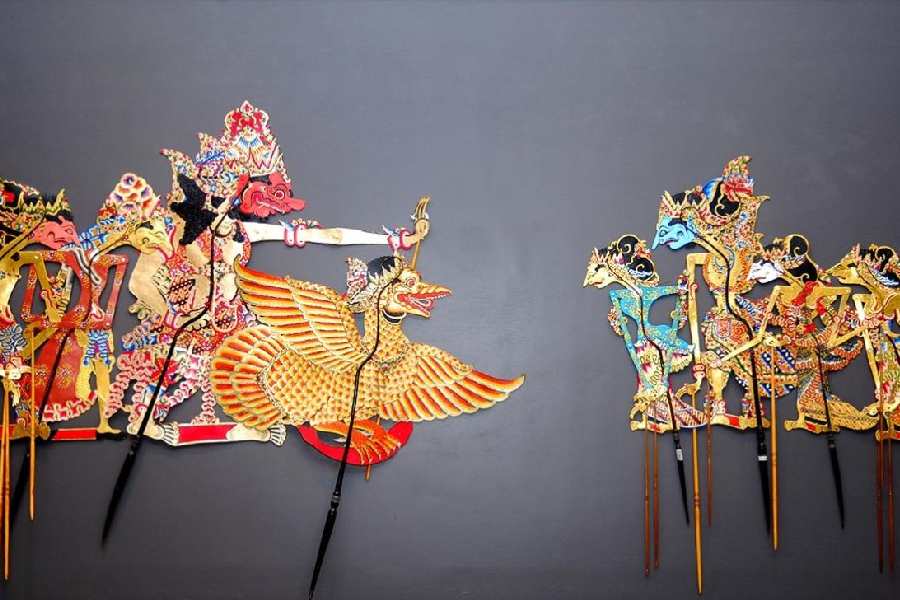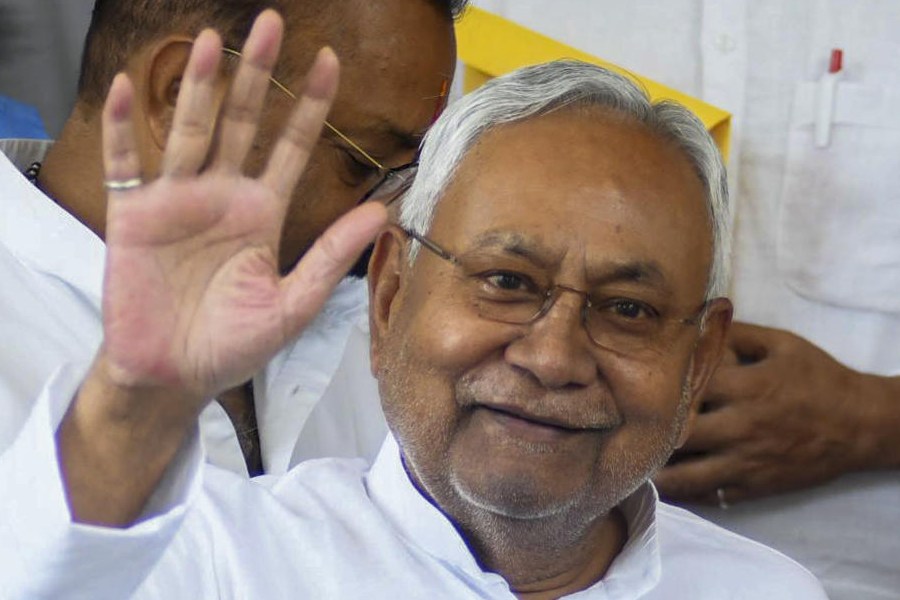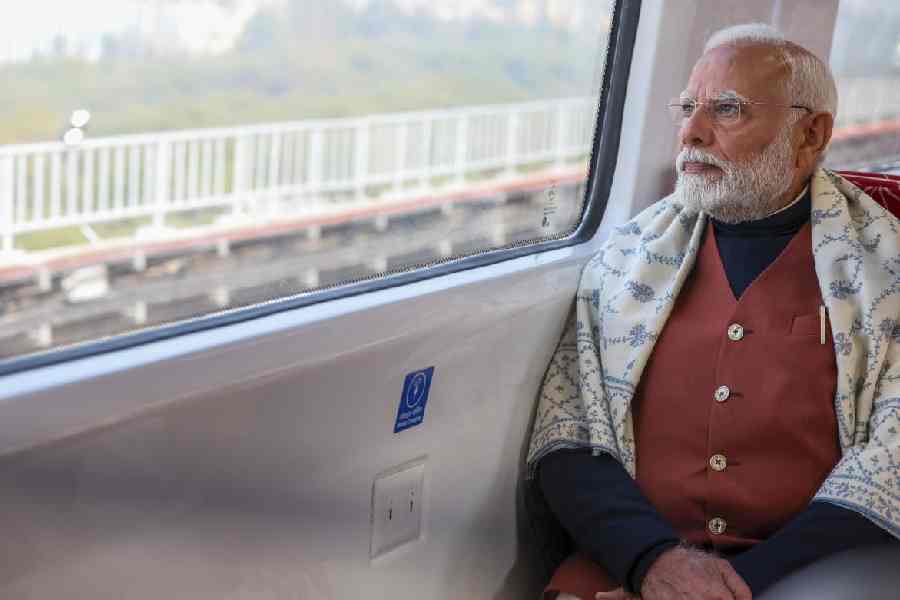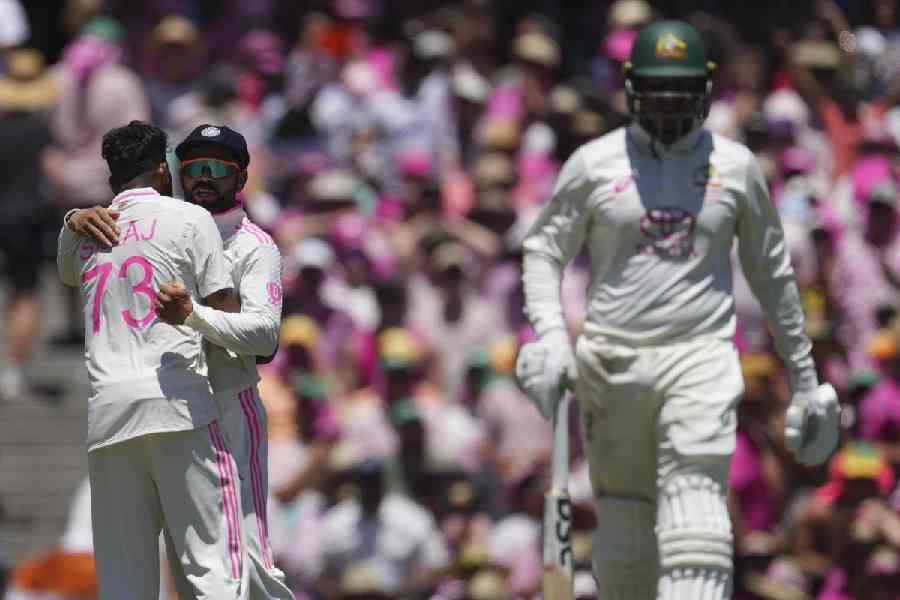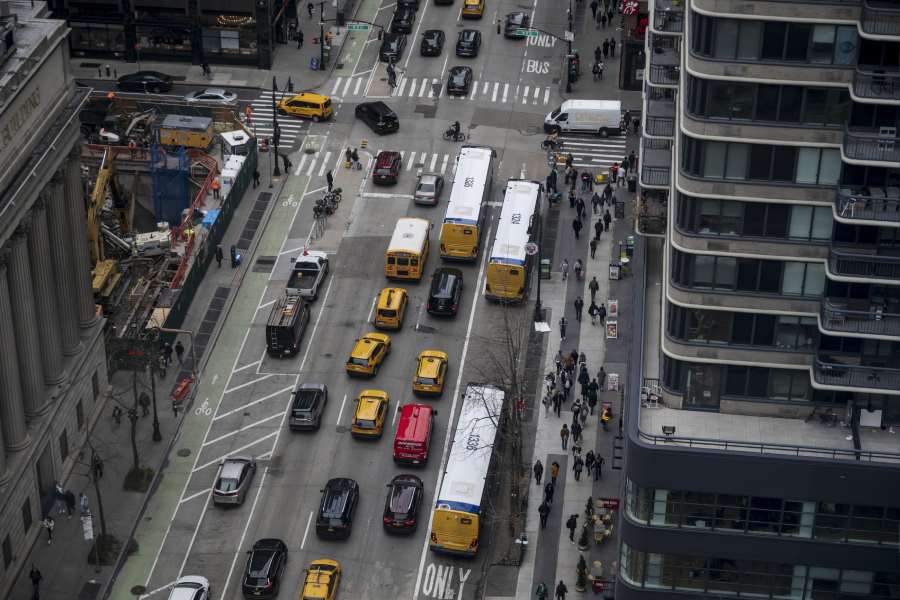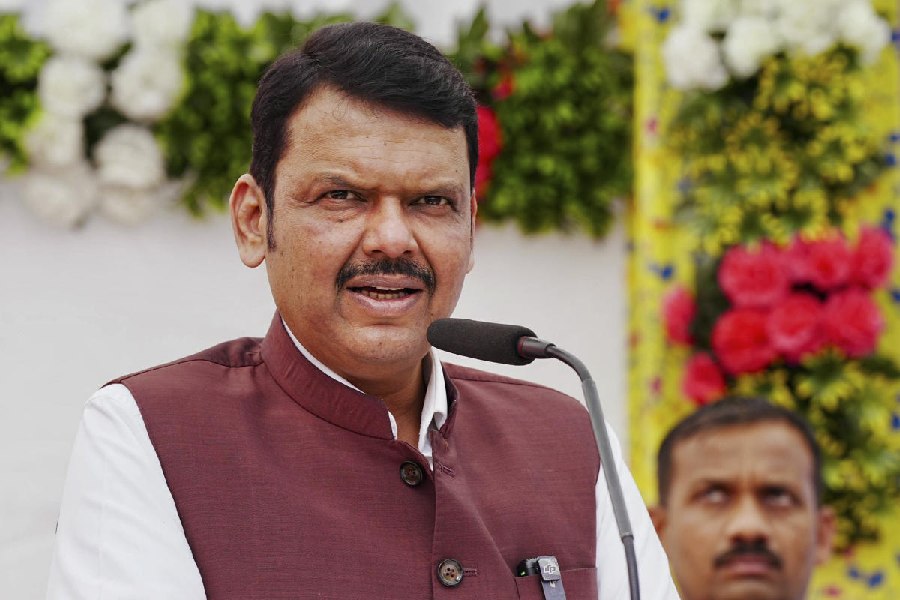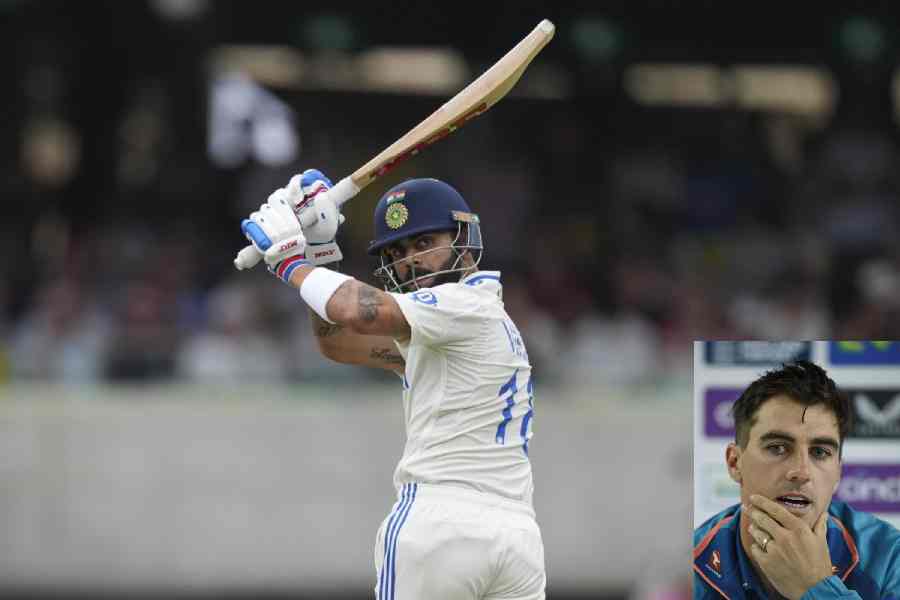Book: THE GOLDEN ROAD: HOW ANCIENT INDIA TRANSFORMED THE WORLD
Author: William Dalrymple
Published by: Bloomsbury
Price: Rs 999
An Indian Renaissance, between 250 BC to 1200 CE? That’s what William Dalrymple’s latest book asserts. An ambitious read, the book narrates the millennial spread of “Indian religions, philosophies and sciences” throughout the “ancient and early medieval worlds”. Divided over 10 chapters, the book explores three significant and separate processes underlying India’s civilising mission: the spread of Buddhism in Central Asia, China and East Asia; the adoption of Vedic gods and Hinduism in Southeast Asia; and the transmission of mathematical and scientific ideas westwards via Baghdad. Such was the spread of this ‘soft power’ that it “dwarfed its only Christian rival, that of the Byzantines”.
Dalrymple acknowledges early on that “the entire spectrum of early Indian influence has always been there, hiding in plain sight.” Yet, despite visibility, the influence remained hidden primarily because of the ideological slant of Indian historiography, the most obvious of which is the postcolonial scepticism about “the whole concept of ‘Indianisation’”. We’re further told that much of ancient India’s centrality has been “obscured by the seductively Sinocentric concept of the ‘Silk Road’” and that although the Chinese Silk Route had very little footprint in antiquity, “China has become very good at telling the story that it was always at the centre of the Asian world.” So how does Dalrymple avoid the pitfalls of historical biases and the political impetus for rebranding the past in his narration of ancient India’s “empire of ideas”? Is there a neutral way of excavating the past in which agenda doesn’t overtake evidence?
Armed with luminous prose, memorable historical characters, and heavily documented events, Dalrymple positions himself as the chronicler of Indosphere, a neologism that retrieves the old Arabic name, ‘al-Hind’, “meaning everything east of the Indus”. Rescripting ‘Indosphere’ as the “empire of ideas”, Dalrymple proceeds to metaphorise the vast network of geographic and cultural routes into a singular, “The Golden Road”, complete with its capillaries of ideas radiating all the way to Eurasia. The metaphor of the golden road eases in the first two chapters, which are not central to the story as there are no significant accounts of the transmission of India’s cultural ideas; but because they chronicle India’s fabled wealth built through maritime trade, they act as a prelude for the rest of the book.
The Golden Road offers a compelling read and many of its descriptions are uncommon, such as the Chinese empress’s machinations or the dazzling worlds of learning, to name a few. However, at least two of the major ideas that Dalrymple deploys for theorising the golden road, that of peaceful transmission and one-way cultural flow, deserve attention. Thematically, the golden road is hailed as a passage of peace and is contrasted with the catastrophic Turkish and Mongol routes of conquest, which destroyed the networks of the golden road. But how useful are binaries of peace and violence in matters of cultural transmission? Didn’t the Kushan conquest of the Hindukush create the landscape for the spread of Buddhism? Dalrymple acknowledges this and also mentions that the Ummayyad Arab conquest of Central Asia “opened the way for Indian learning to seduce the western mind”. Likewise, his depiction of the Pallava courts unveils the complex terrains underlying the politics of patronage. Hence, the argument that cultural ideas were transmitted “not by conquest but instead by sheer cultural allure and sophistication” deliberately underplays the internal tensions evident in the book.
Connected to the vision of peace is a corresponding stress on how the golden road’s “cultural flow was overwhelmingly one way”. Interestingly, more than a “one-way” process or its reverse effect — loosely called the “pizza effect” — what comes through is the dynamic reception of respondent cultures in matters of adoption and assimilation, especially of Brahmanical Hinduism. The book rightly asserts that not much is known as to why “some aspects of Indian civilisation made almost no impression on South-east Asia”, such as ritual purity, vegetarianism or caste bans. Nonetheless, the inclusion of such information suggests that that cultural flow was not curtailed to a one-way process.
Moreover, if one-way cultural flow refers to the geographic origin of ideas and to the subsequent transmissions outwards, and even if one accepts that the privileging of Mahayana Buddhism’s spread in Central Asia and China over the dissemination of the Theravada branch in South and Southeast Asia is the writer’s prerogative, what remains unclear is why the discussions are not accompanied with the examination of Buddhism’s decline in India. Equally, to what extent did the golden road transform Indian societies, then or now? The questions are important especially since, towards the end of the book, Dalrymple wonders at India’s present power and at the possibility of another golden road. The reader can’t help but ask: which Indians and whose history? Do we mean those in the Silicon Valley or those who converted to Buddhism with Ambedkar in 1956 and thereafter?

